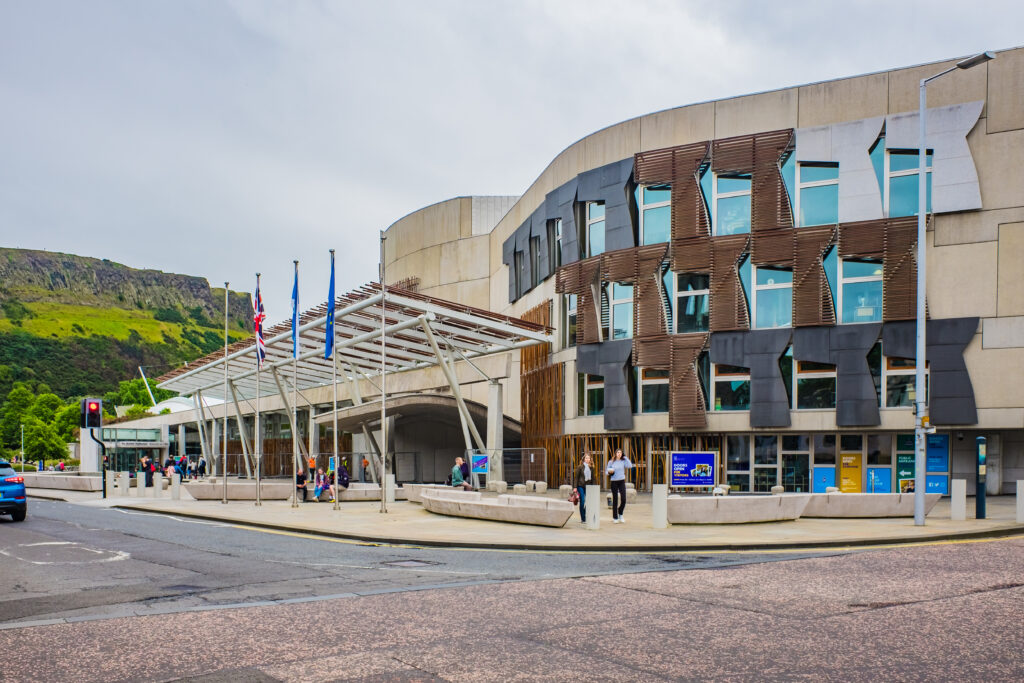The running costs of the Scottish Government’s digital team have soared by 82 per cent in the past three years, according to new data.
Business minister Ivan McKee has revealed that the cost of operating the Digital Directorate has increased from £24.8 million in the 2019-20 financial year to an estimated £45.4m during the 2021-22 period. In 2020-21, the figure was £38.1m.
The increase in spending is above average compared to government directorates as a whole, which rose by 31 per cent over the course of three years, from £499.1m in 2019-20 and £586.5m in 2020-21, to a projection of £656m in 2021-22.
In response to a written question lodged by Conservative and Unionist MSP Craig Hoy, Mr McKee said that the increase in operating cost of the Scottish Government in recent years “reflects additional responsibilities” taken on from the UK Government.
He said: “The Scottish Government has taken on significant new powers, both raising its own revenues through devolved taxes and delivering public services such as social security and significant numbers of additional staff have been recruited to support these new responsibilities.”
Digital Health and Care, formerly known as the Directorate for Digital Reform and Service Engagement, also saw a substantial rise in spending, from £1.9m in 2019-20 to £3.9m the following year – a figure which is also projected for 2021-22.
Other directorates which have seen a considerable increase in operating costs include the Directorate for Mental Health and Social Care, which rose from £9.5m in 2019-20 to an estimated £17.9m in 2021-22. Likewise, Social Security saw its spending increase from £28.2m in 2019-20 to a predicted £38.6m in 2021-22.
The Scottish Government said the rise in spending on the Digital Directorate could also be explained by its increased use of social media during the Covid-19 pandemic to communicate effectively with the public.
A spokesperson said: “The last two years in particular have required government to communicate with the population of Scotland to support, inform and motivate people through the pandemic.
“The proportion of public engagement spend assigned to social media is growing every year as it continues to offer further channels and opportunities to reach key audiences cost effectively.”
Mr McKee’s written answer was published on the Scottish Parliament website on Wednesday 20 April after Mr Hoy, who represents South Scotland, asked the Scottish Government for a breakdown of the running costs for its directorates over the last five years.
Due to a change in the way that figures are reported – implemented in 2018-19 – Mr McKee said he could not provide “comparable information” over the last five years, and only provided figures for the past three years.
This is because the administration portfolio budget, which covered the costs of the core administration, including staffing, required to support the Scottish Government, was removed from the Scottish budget in 2019-20. Operating costs have since been aligned with the portfolio budgets that they support.
The new approach, which was designed to make Scottish Government spending “more transparent”, replaced the dual system of administration and portfolio budgets both funding operating costs.
Mr McKee said: “The change to reporting of operating costs means that we are unable to provide comparable information over the last five years.
“We can provide Directorate-level detail for the last three year financial years.
“However, there have been organisational changes each year, meaning that Directorates are not necessarily comparable year on year.”
Mr McKee added that the exact spending figures for the financial year from 2021-22 will be available in mid-June, when provisional outturn is reported to Parliament.
Commenting on the figures, Mr Hoy said that taxpayers will be “appalled at the ever-increasing sums of money” being spent on directorates and “misplaced SNP priorities.
He said: “This is crucial money that could and should be going to frontline services.
“The public would far rather see money spent on more nurses, doctors and teachers rather than more civil servants in an already bloated Scottish Government.”
